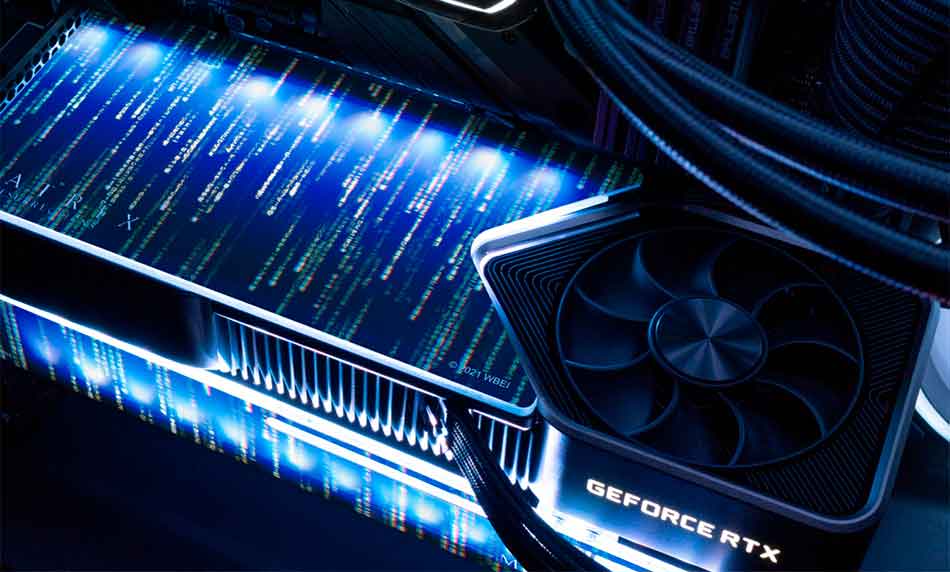Samsung is launching its GDDR7 chips, the first to reach a speed of 32 GT/s. This speed will be leveraged by upcoming graphics cards of the future.
GDDR7: Samsung launches the world’s first chip with 32 GT/s and 128 GB/s bandwidth.
The manufacturer promises speeds of up to 32 GT/s for next-generation GPUs, with improved power efficiency over current GDDR6 memory modules, which have been widely used for years in graphics cards.
Samsung has completed the development of its GDDR7 memory, ahead of other memory manufacturers in the industry. In addition to speed and efficiency improvements, these modules will feature PAM3 compatibility.
The 16 Gb GDDR7 memory module is going to offer a total bandwidth of 128 GB/s. This means that with a 384-bit memory bus the total bandwidth would reach 1.536 TB/s bandwidth. This is a nice improvement over the 1.008 TB/s bandwidth of the RTX 4090.
With all the efforts on power efficiency, there is speculation that GDDR7 modules are going to be hotter. Why? Firstly because PAM3 encoding/decoding is more complex and will require more power, and because Samsung has used a new epoxy molding compound (EMC) with high thermal conductivity and 70% lower thermal resistance compared to GDDR6, to avoid overheating. This would be indicative of higher temperatures than GDDR6 in high clocks. However, we believe that Samsung will have this under control and that manufacturers will have no problem cooling their GPUs with GDDR7 memory.
“Our GDDR7 DRAM will help elevate the user experience in areas that require exceptional graphics performance, such as workstations, PCs and game consoles, and is expected to extend to future applications such as AI, high-performance computing (HPC) and automotive vehicles.” “Next-generation graphics DRAM will come to market in line with industry demand and we plan to continue our leadership in this space.” Yongcheol Bae, executive vice president of Samsung’s memory product planning team.
At the moment, Samsung has not given details of when it will begin mass production of these memories, but they should be present in the next generations of AMD, Nvidia and Intel GPUs, which would arrive from 2024. We should also see them present in ASIC-type devices, HPC and even in next-generation game consoles. We will keep you informed.
